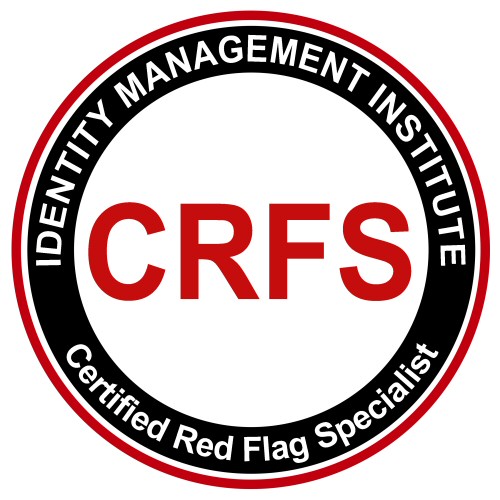Identify Bad Checks
Employees who handle checks must identify bad checks before they are accepted. Detecting and rejecting bad checks upfront is much more cost effective for companies than to accepting checks first and rejecting them later. Of course not all employees may be expert enough to identify all bad checks when the mails are opened or even worse when customers present them directly at the bank. One of the challenges of identifying bad checks when customers come into the bank to deposit them as opposed to when they mail them in is time limitation which forces employees to make quick observations and decisions to accept or reject the checks.
The practice of identifying the bad checks is also a requirement of the Red Flags Rule which asks companies to develop policies and procedures for detecting signs of identity theft by properly inspecting the documents which customers present to make sure they have not been altered. In this case, a check may have been altered to change the name, address or the signature which may not be consistent with check information which were deposited in the past. To identify bad checks, various techniques can be deployed such as observing the checks for signs of alteration, comparing the check information to other checks deposited in the past or the signature card to validate the signature, and asking the customer questions and observing the reaction.
Below are several observations which may indicate that a check is bad. Although one observation may not be sufficient to declare a bad check, the combination of many observations can help an employee identify bad checks from thousands or millions of checks deposited each day.
1. The check lacks perforations.
2. The check number is either missing.
3. The check number is low such as 101 400 on personal checks or 1001 to 1500 on business checks. (90% of bad checks are written on accounts less than one year old.)
4. The type of font used to print the customer's name looks visibly different from the font used to print the address.
5. Additions to the check (i.e. phone numbers) have been written by hand.
6. The customer's name or address is missing.
7. The address of the bank is missing.
8. There are stains or discolorations on the check possibly caused by erasures or alterations.
9. The numbers printed along the bottoms of the check (called Magnetic Ink Character Recognition or MICR) is shiny. Real magnetic ink is dull and non glossy in appearance.
10. The MICR encoding at the bottom of the check does not match the check number.
11. The MICR numbers are missing.
12. The MICR coding does not match the bank district or the routing symbol in the upper right-hand corner of the check.
13. The name of the payee is handwritten. Most payroll, expenses, and dividend checks are printed via computer.
14. The word VOID appears across the check.
15. Notations appear in the memo section listing "load," "payroll," or "dividends." Most legitimate companies have separate accounts for these functions, eliminating a need for such notations.
16. The check lacks an authorized signature when compared to the signature card.
Read more about check fraud tips to identify bad checks.






